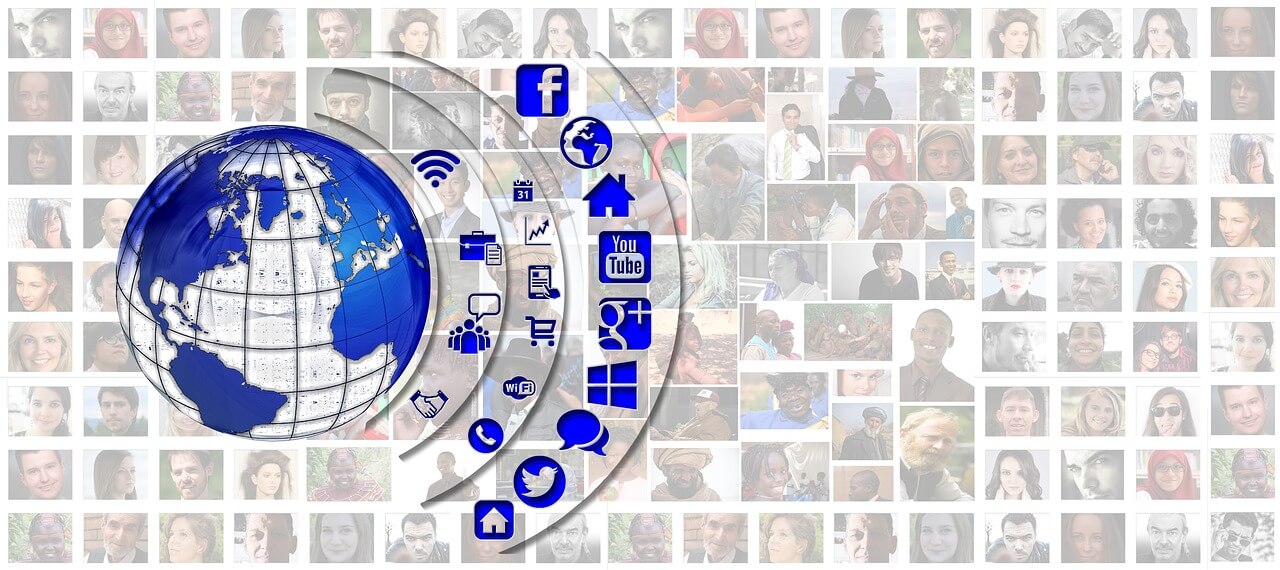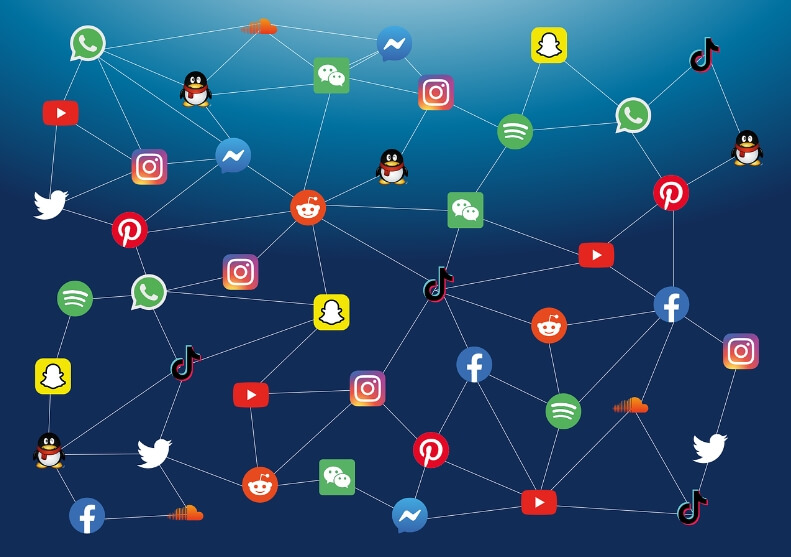Public opinion monitoring refers to the process of systematically collecting, analyzing, and managing public discussions, attitudes, and sentiments about specific events, topics, brands, policies, etc. on the Internet and their trends of development and change. With the popularity of social media and the Internet, public opinion monitoring has become an important tool for government agencies, enterprises, and social organizations to maintain their image, prevent crises, and guide decision-making. The following are the main steps and methods for conducting public opinion monitoring:

1. Defining the objectives and scope of monitoring
First of all, defining the target of monitoring is the prerequisite for conducting public opinion monitoring. This may involve multiple dimensions such as brand reputation, product feedback, policy response, competitor analysis, industry dynamics, social hotspots, and so on. Set the key areas, key terms, and information sources to be monitored according to the objectives, such as specific social media platforms, news websites, forums, blogs, video sharing sites, etc.
2. Developing a monitoring strategy
Formulate a comprehensive monitoring strategy, including but not limited to monitoring frequency, time period for data collection, and information categorization criteria. The strategy should be flexible and adjustable to adapt to the characteristics of public opinion and emergencies at different stages.
3. Selection of monitoring tools and techniques
Opinion monitoring tools are divided into two categories: manual and automated monitoring:
- human monitoring:: Early common method to collect information manually by searching keywords directly through search engines and social media. This method is suitable for small-scale, highly targeted monitoring needs, but is less efficient and prone to missing information.
- Automated monitoring software: A common approach to modern public opinion monitoring, using specialized public opinion monitoring systems and the like, which can realize functions such as network-wide data capture, real-time monitoring and intelligent analysis. Such tools usually cover a wide range of online media such as news, microblogs, WeChat, forums, clients, etc., and are able to quickly process data, filter spam, and provide services such as early warning notifications and analysis reports, which greatly improves monitoring efficiency and accuracy.
4. Data collection and organization
Data are continuously crawled from predefined information sources through selected tools and techniques. Data collection requires initial cleansing and categorization to remove repetitive, irrelevant and low-quality information, laying the foundation for subsequent analysis.
5. Analysis and interpretation
In-depth analysis of the collected data is conducted, including sentiment analysis, trend analysis and influence analysis. Sentiment analysis aims at identifying positive, negative or neutral public opinion tendencies; trend analysis tracks the evolution of public opinion and key nodes; and influence analysis evaluates the breadth and depth of the dissemination of a certain statement or event, as well as the influence factors behind it.
6. Developing coping strategies
Based on the analysis results, corresponding response strategies are formulated. In response to positive public opinion, the dissemination of positive information can be strengthened to enhance the brand image; in case of negative public opinion, it is necessary to respond quickly, take measures to eliminate misunderstandings and repair the image, and if necessary, issue an official statement or carry out crisis public relations.
7. Implementation and feedback
Execute response strategies and continuously monitor the effectiveness of implementation, adjusting strategies based on public opinion feedback. Establish an effective feedback mechanism to ensure a smooth flow of information and rapid response in decision-making.
8. Periodic summaries and reports
Regularly summarize the data and experience gained during the monitoring and response process to form a public opinion report. The report should contain an overview of the public opinion, important findings, response measures and evaluation of the effects, etc., and provide reference for high-level decision-making of the enterprise or organization.
9. Continuous optimization and learning
Public opinion monitoring is a dynamic process that requires continuous learning of new technologies and methods to optimize the monitoring system and adapt to changes in the Internet environment. At the same time, the team's sensitivity and analytical skills are cultivated to enhance its ability to manage complex public opinion.
In conclusion, public opinion monitoring is a systematic project that requires the comprehensive use of technical means and human wisdom to form a closed-loop management from strategy formulation to implementation and feedback in order to effectively grasp the pulse of public opinion and provide solid support for decision-making in the era of information explosion.






